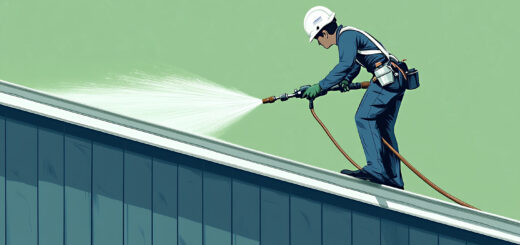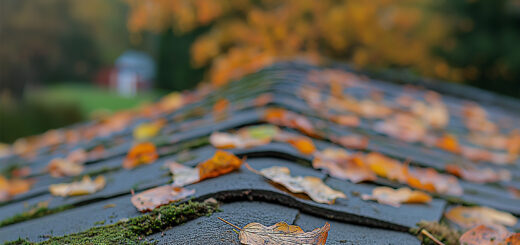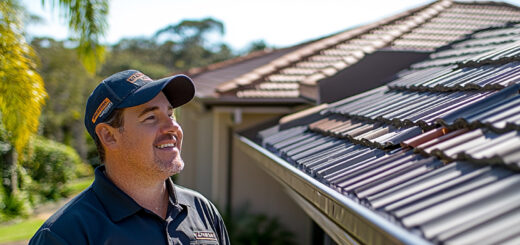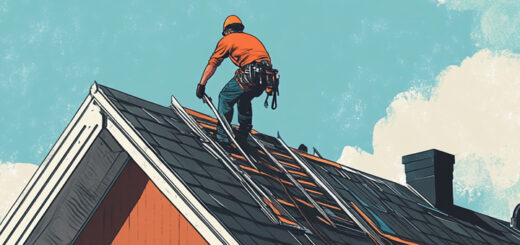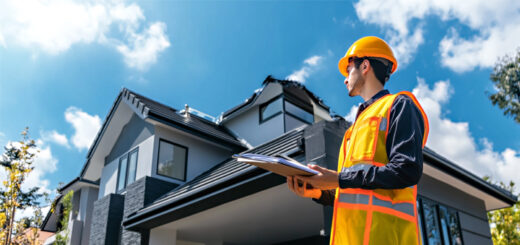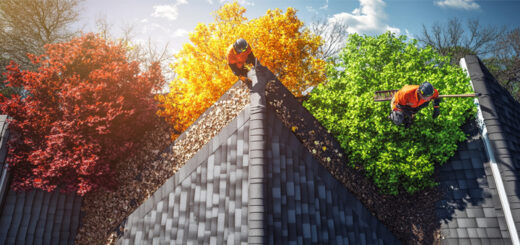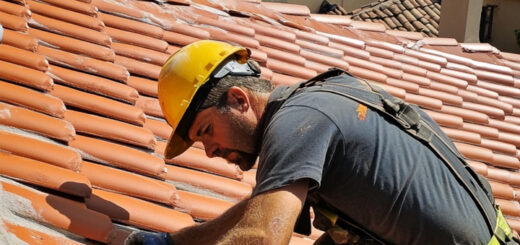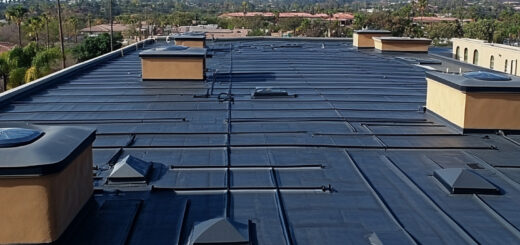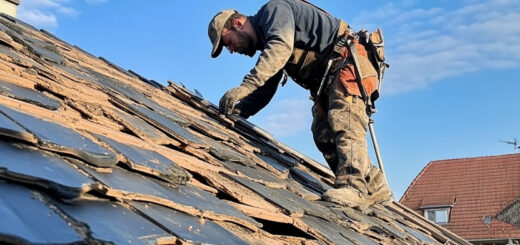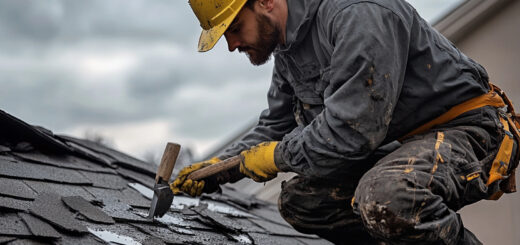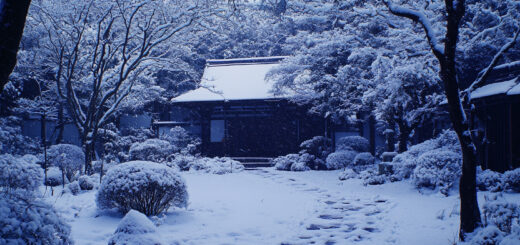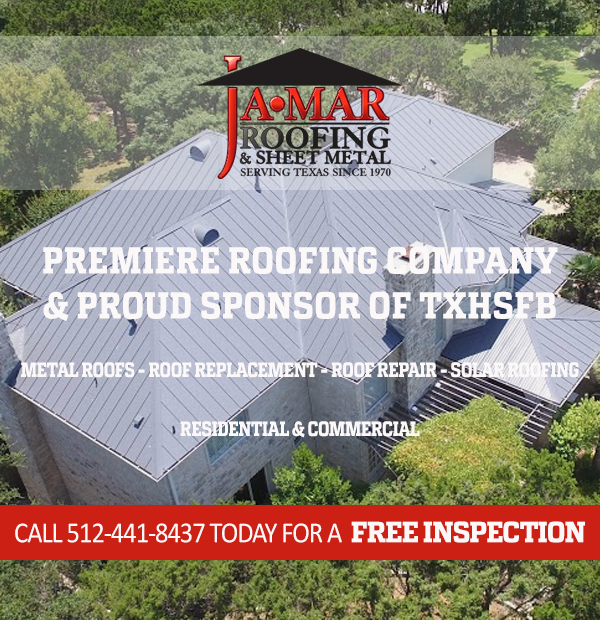Understanding and Treating Roof Stains, Streaks, and Discoloration
Common Types of Roof Stains and Their Causes
Roof stains can significantly impact the appearance and longevity of your home’s exterior. Understanding the various types of stains and their origins is crucial for effective prevention and treatment. Here are some of the most common roof stains and what causes them:
- Algae growth: Dark streaks on roofs are often caused by blue-green algae. These organisms thrive in humid environments and feed on limestone filler in shingles.
- Moss buildup: Moss typically appears in shaded areas of the roof, retaining moisture and potentially damaging shingles. It’s common in damp, cool climates.
- Lichen formation: A combination of algae and fungi, lichen creates a crusty, leaf-like appearance on roofs. It can be particularly damaging as it penetrates the shingle surface.
- Rust stains: These reddish-brown marks usually originate from metal components on the roof, such as flashing or satellite dishes, when they begin to corrode.
- Environmental pollutants: Air pollution, soot, and other airborne contaminants can settle on roofs, causing discoloration over time.
- Tree sap: Overhanging branches can drip sap onto the roof, creating sticky patches that attract dirt and debris, leading to stains.
Identifying the type of stain on your roof is the first step in addressing the issue and maintaining your home’s curb appeal and structural integrity.
The Impact of Roof Discoloration on Your Home’s Appearance and Value
Roof discoloration can significantly impact your home’s overall appearance and value. As one of the most visible exterior features, a discolored roof can drastically reduce your property’s curb appeal. This aesthetic concern not only affects your home’s visual appeal but can also have far-reaching consequences on its market value and resale potential.
A well-maintained roof contributes to the overall impression of a well-cared-for home, which is crucial when it comes to neighborhood standards and property values. Potential buyers often view roof discoloration as a sign of neglect or potential underlying issues, which can deter them from making an offer or lead to lower bids.
Moreover, a discolored roof can make your home stand out negatively among other properties in the area, potentially affecting not just your home’s value but also the perceived value of the entire neighborhood. This can lead to strained relationships with neighbors and potential conflicts with homeowners’ associations.
To protect your investment and maintain your home’s aesthetic appeal, it’s essential to address roof discoloration promptly. Regular cleaning, maintenance, and, if necessary, professional treatments can help preserve your roof’s appearance and, by extension, your property’s value and resale potential.
Health and Structural Risks Associated with Roof Stains
Roof stains are more than just an aesthetic concern; they can pose significant health and structural risks to your home. One of the primary dangers is mold growth, which thrives in damp, shaded areas of your roof. Exposure to mold spores can lead to various respiratory issues, particularly for individuals with allergies or asthma. These health problems can range from mild irritation to severe breathing difficulties.
From a structural perspective, roof stains often indicate underlying problems that can compromise your home’s integrity. Weakened shingles are a common result of prolonged staining, as the organisms causing the discoloration break down the protective layers of your roofing materials. This degradation leaves your roof vulnerable to water damage, which can lead to leaks and eventual roof decay.
As water seeps through compromised areas, it can cause extensive damage to your home’s interior, including ceiling stains, warped wood, and electrical hazards. Over time, unchecked roof stains can accelerate the aging process of your roof, potentially necessitating costly repairs or even a full roof replacement. Regular inspection and prompt addressing of roof stains are crucial for maintaining both the health of your household and the structural integrity of your home.
DIY Methods for Cleaning Roof Stains and Streaks
When it comes to maintaining your home’s curb appeal, a clean roof is essential. Unsightly stains and streaks can detract from your property’s overall appearance. Fortunately, there are several effective DIY methods for tackling this issue.
Pressure washing is a popular technique, but it requires caution to avoid damaging shingles. For a gentler approach, consider soft washing techniques that use low-pressure systems combined with specialized cleaning solutions.
Chemical cleaners designed specifically for roofs can be highly effective. Look for products containing oxygen bleach, which is safe for most roofing materials and environmentally friendly. Always follow the manufacturer’s instructions and safety precautions when using these products.
For a more natural solution, a vinegar solution can be surprisingly effective on certain types of stains. Mix equal parts water and white vinegar in a sprayer, apply to the affected areas, and rinse thoroughly after letting it sit for 15-20 minutes.
Remember, safety should always be your top priority when working on your roof. If you’re uncomfortable with heights or unsure about the process, it’s best to consult a professional roofing service.
Professional Roof Cleaning Services: What to Expect
Professional roof cleaning services offer a comprehensive solution to maintain and enhance the appearance of your home’s exterior. When you hire a reputable roof cleaning company, you can expect a thorough and efficient process that goes beyond simple DIY methods.
These experts come equipped with professional-grade equipment designed specifically for roof cleaning. This includes high-pressure washers, specialized cleaning solutions, and safety gear to ensure the job is done effectively and safely.
Many roof cleaning companies now use eco-friendly solutions that are tough on dirt and algae but gentle on your roof and the environment. These biodegradable cleaners effectively remove stains, moss, and other organic growth without causing damage to your roofing materials or surrounding vegetation.
The cleaning process typically involves an initial inspection, followed by the application of cleaning solutions and a careful power washing technique. Professionals know how to adjust the pressure and angle of the water stream to clean effectively without damaging shingles or tiles.
When requesting services, most companies will provide cost estimates based on factors such as roof size, material, and the extent of cleaning required. While professional roof cleaning may seem like an added expense, it can actually save you money in the long run by extending the life of your roof and preventing costly repairs.
Preventive Measures to Avoid Future Roof Discoloration
Preventing roof discoloration is far easier and more cost-effective than addressing it after it occurs. Several preventive measures can be implemented to maintain your roof’s appearance and integrity. Installing zinc strips or copper flashing near the roof’s ridge can be highly effective, as these metals release compounds that inhibit algae and moss growth when it rains. Regular maintenance is crucial; schedule annual roof inspections to catch and address potential issues early. Keeping your gutters clean is another essential step, as clogged gutters can lead to water backup and promote the growth of discoloration-causing organisms. Additionally, trimming overhanging tree branches not only reduces shade on your roof but also minimizes the accumulation of leaves and organic debris that can contribute to discoloration. By implementing these preventive measures, you can significantly extend the life and aesthetic appeal of your roof while avoiding costly repairs or premature replacement.
When to Consider Roof Replacement Due to Severe Staining
Severe staining on your roof isn’t just an aesthetic issue; it can be a sign of more serious problems that may necessitate a roof replacement. Extensive discoloration often indicates shingle damage, which can compromise your roof’s integrity and lead to leaks. As you assess the situation, consider the age of your roof. If it’s approaching or has surpassed its expected lifespan, staining could be a sign that it’s time for a full replacement.
Damaged or stained shingles can also impact your home’s energy efficiency. As roofing materials deteriorate, they become less effective at insulating your home, potentially leading to higher energy bills. When evaluating whether to replace your roof, factor in the long-term savings on energy costs that new, efficient roofing materials can provide.
It’s important to have a professional roofing contractor inspect your roof to determine the extent of the damage and whether a replacement is necessary. They can assess the overall condition of your roofing materials and provide expert advice on the best course of action, whether it’s a thorough cleaning, partial repair, or complete replacement.
